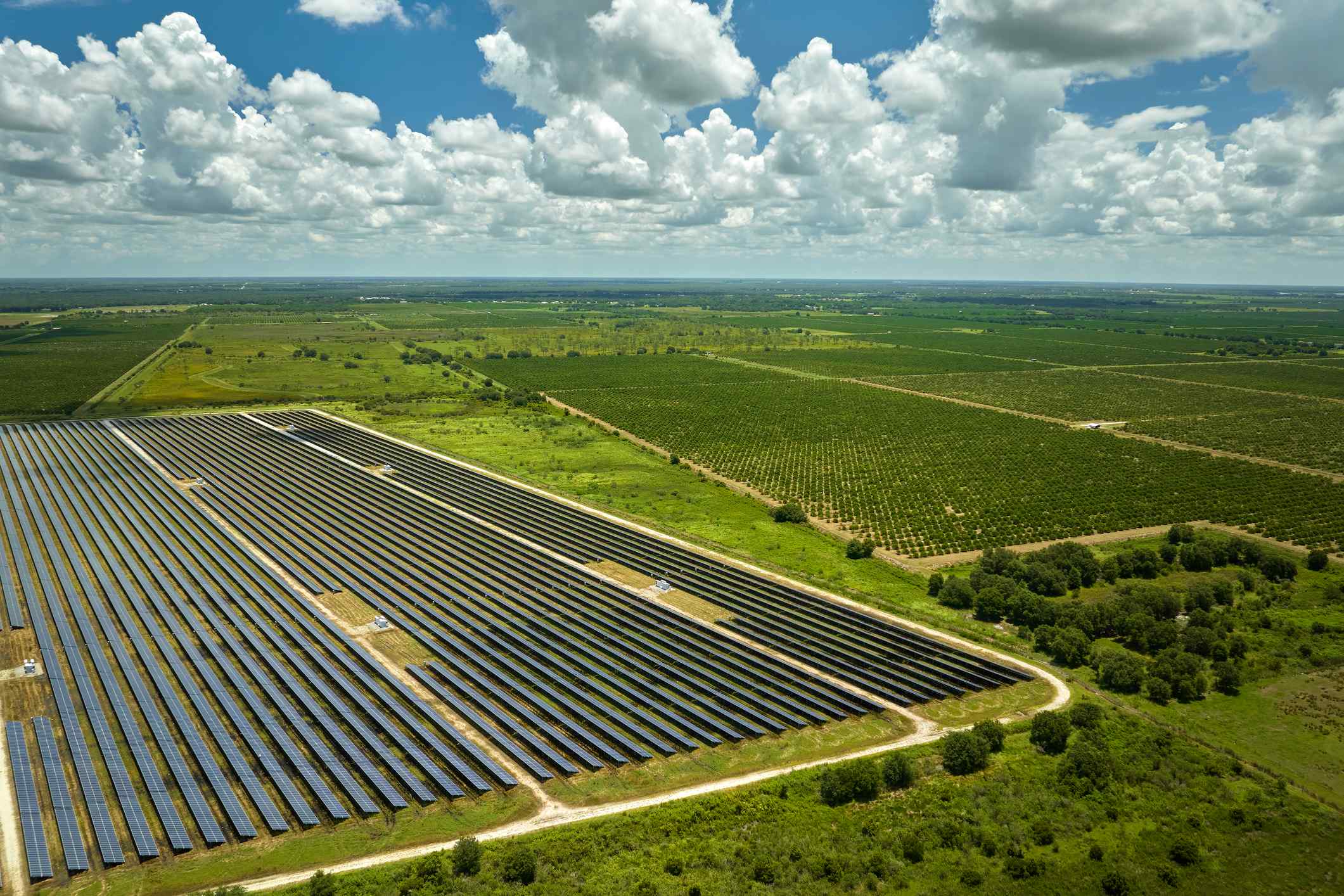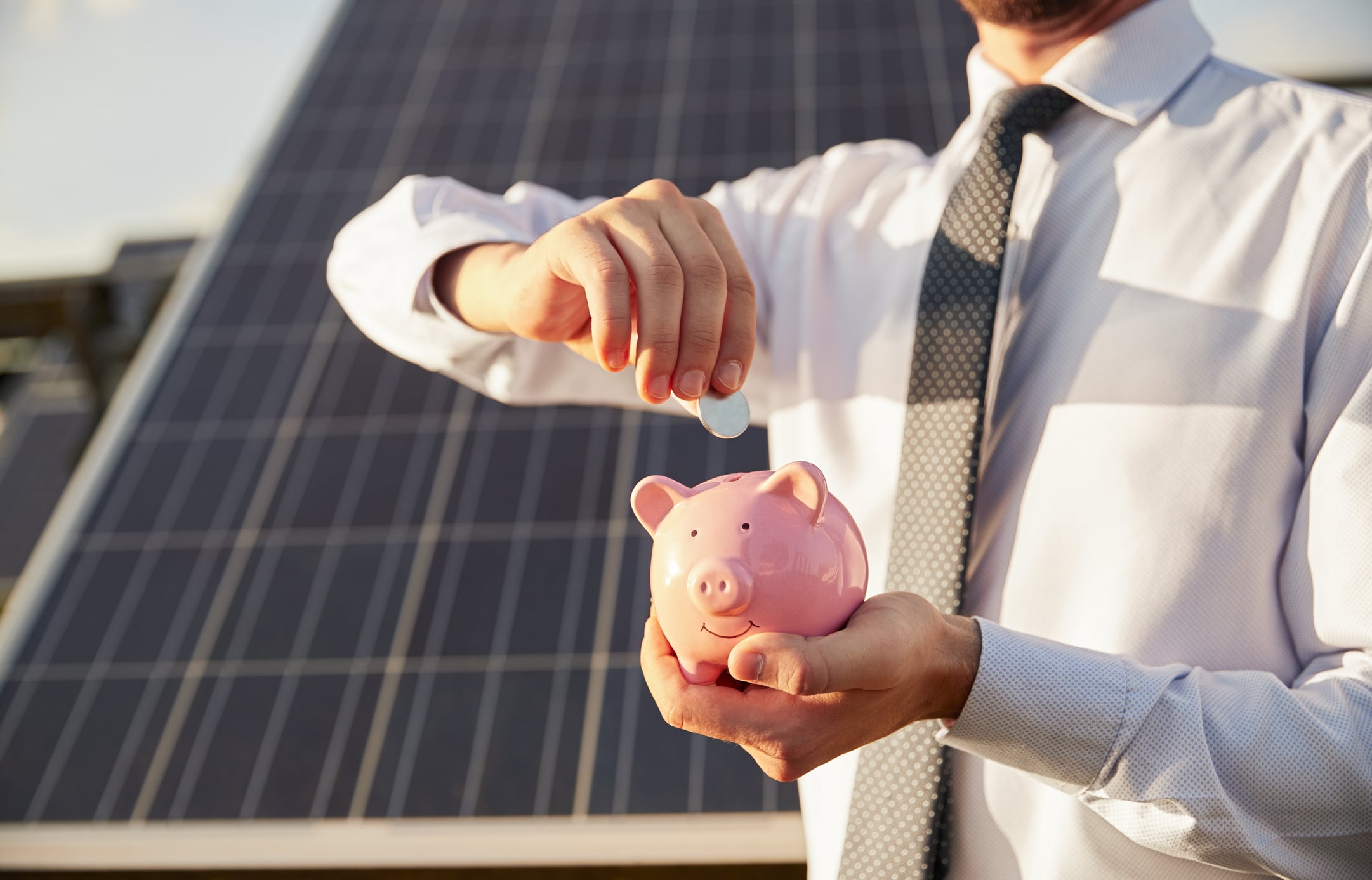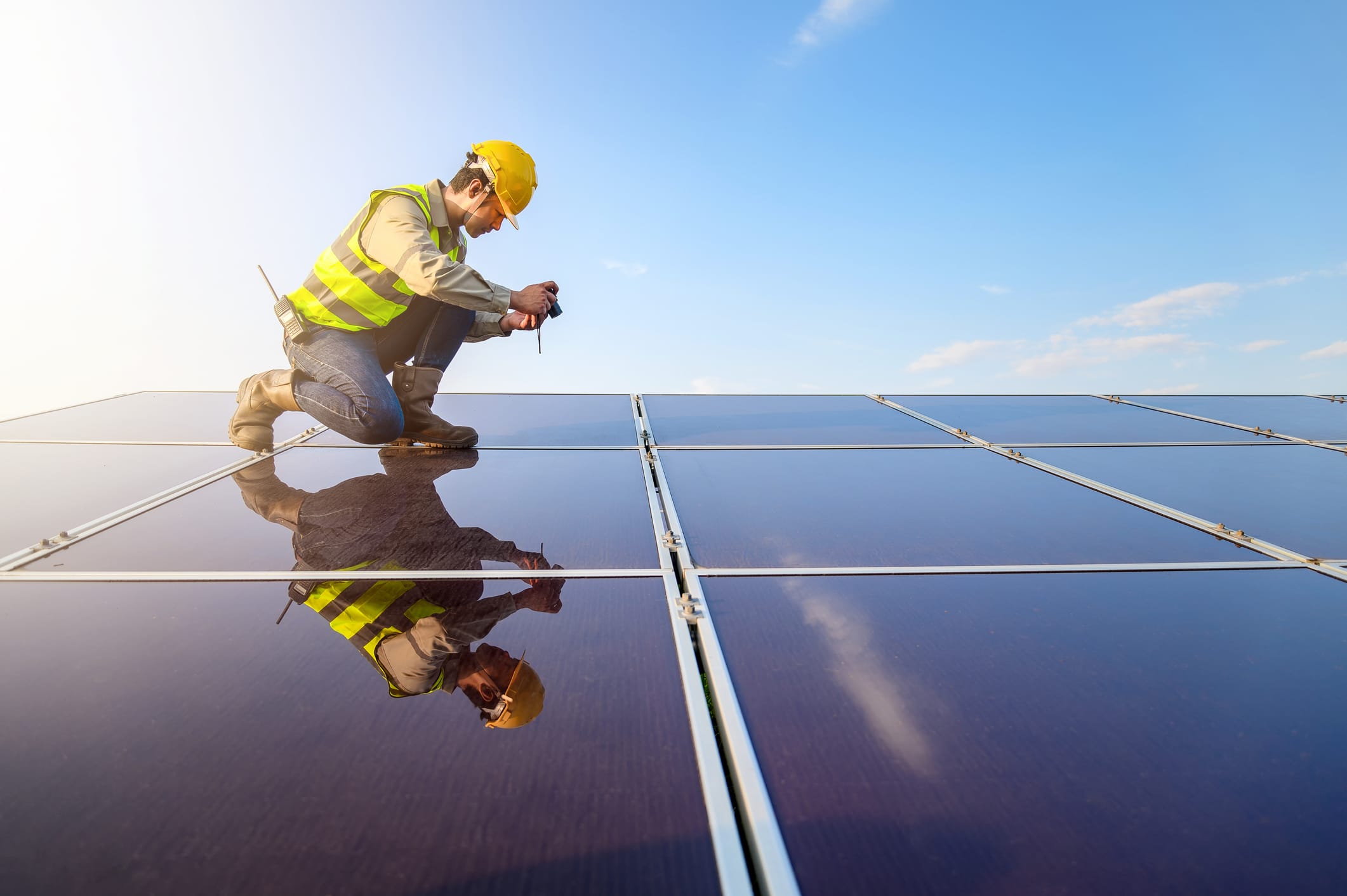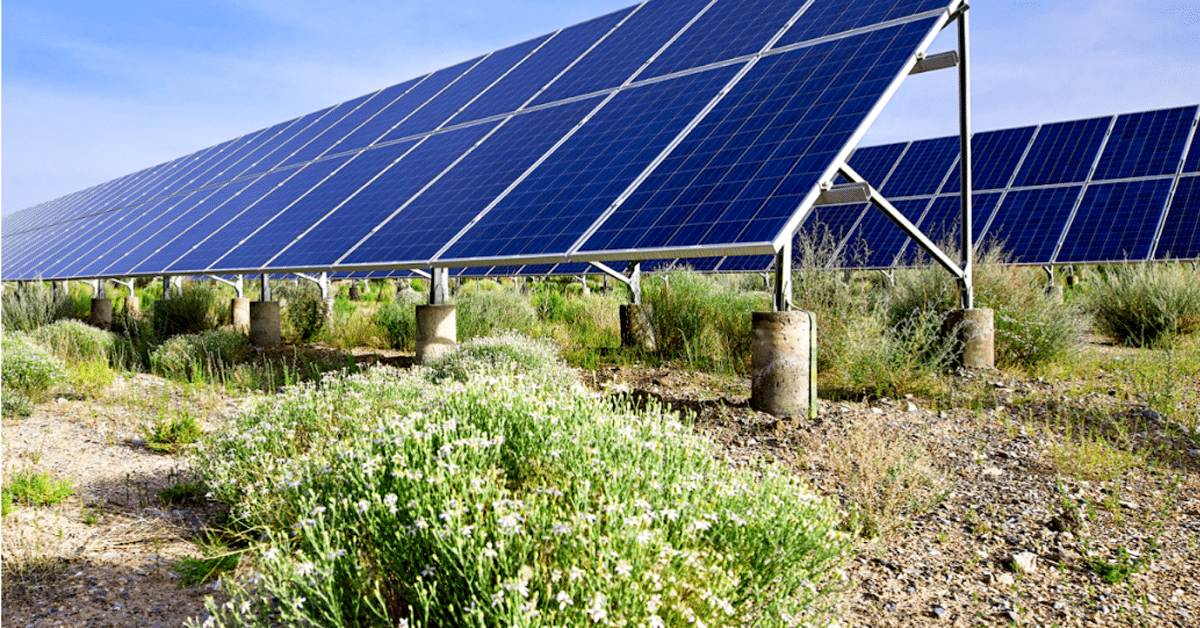POSTED
August 9, 2024
Sun-Powered Income: The Advantages and Challenges of Leasing Your Land for Solar
The demand for utility-scale solar power is rising, and with it, the demand for suitable land. In the first quarter of 2024 alone, 11.8 gigawatts (GW) of utility-scale projects were installed in the U.S., accounting for 75% of all new electricity-generating capacity added to the U.S. grid. This reflects a growing trend in solar investments. In fact, the U.S. The Energy Information Administration (EIA) forecasts that solar energy will be the primary driver of growth in the U.S. electric power sector, increasing from 4% of electricity generated in 2023 to 7% in 2025.

Landowners are in a unique position to capitalize on this growing demand for utility-scale solar power. Leasing your land for solar projects can generate steady income while contributing to a greener future. This can be a huge benefit, but it can also come with some challenges. In this article, we’ll look at some of these advantages and challenges. We’ll also look at how Shasta Power can help you navigate the process.
Advantages of Leasing Your Land for Utility-Scale Solar

Leasing your land can provide a steady, consistent income stream over the term of the lease. Common lease terms are between 30 and 40 years, meaning the income is not only steady but potentially long-term. These payments can either be fixed annual or quarterly payments.
Many lease payments also usually include a 1-2% annual cost of living adjustment (COLA) escalator to maintain cadence with historical average annual inflation. The long lease terms and COLA escalators ensure the income you receive from leasing your land is stable and predictable over the lease term. While lease payments vary greatly depending on the location and specific terms of the contract, local vacant land or agricultural land values are the best predictor of solar lease rates.
Unlike farming or other land uses, leasing land for utility-scale solar farms requires minimal involvement from the landowner. Typically, the solar company will handle permitting, installation, maintenance, and operation. You can earn passive income without significant effort or additional expertise. There may also be additional financial incentives like tax breaks or credits for hosting a renewable energy project on your land. These incentives can increase the overall profitability of your lease. However, these tax benefits are often passed through to the solar farm owner, so it’s important to understand the terms before counting on a tax break.
Beyond the financial benefits, leasing your land for solar projects has an enormous positive impact on the environment. For instance, replacing fossil-fuel energy with utility-scale solar installations can save approximately 385,000 to 436,000 pounds of carbon dioxide (CO2) emissions per acre per year. That means a 30-acre solar farm can reduce greenhouse gas emissions by 1.2 to 1.3 million pounds a year.
Replacing fossil fuel power plants can also improve the local air quality. Air pollution, while steadily decreasing, was still responsible for 63,600 deaths in the U.S. in 2021. Utility-scale solar farms help lower the emissions of sulfur dioxide (SO2), nitrogen oxides (NOX), and particulate matter (PM). These are all common byproducts of burning fossil fuels and contribute to poor air quality and respiratory health problems.
Utility-scale solar projects are also typically a boon for the local economy. The development of solar farms requires a large labor force for construction, installation, and maintenance. This can create hundreds of jobs over several months or years, including roles in engineering, construction, electrical work, and ongoing operations and maintenance. Additionally, many of these jobs are well-paying union positions.

Local communities can also benefit from this influx of workers, often seeing an increase in local spending on things like housing, food, and other local services. Utility-scale farms usually involve large investments in the local infrastructure, improving roads, bridges, and the electrical grid. Improvements like these can help attract additional investment in the local economy.
Local governments also typically see an increase in tax revenue. This can be from higher property taxes, increased sales tax revenue, and increased income taxes. Ohio’s Brown County is a good example of how utility-scale solar projects can help local economies, where utility-scale solar farms are projected to contribute $63 million in payments to local communities.
Challenges of Leasing Your Land for Utility-Scale Solar
Not all land is suitable for utility-scale solar farms. In fact, finding the right land can be like finding a needle in a haystack. Sites need to have abundant sunlight throughout the year to maximize energy production. Utility-scale projects also require large tracts of flat or gently sloping land. Sites also need to be close to existing transmission lines or substations. This minimizes the cost and complexity of connecting the solar farm to the power grid.
Land with high environmental sensitivity, like wetlands, floodplains, or habitats for endangered species, are typically not suitable for utility-scale solar installations. The soil also has to be able to support the physical infrastructure of the solar farm. Overall, many assessments need to take place to determine if the land is suitable for a utility-scale solar farm.
Outside of land suitability, there are additional zoning issues. Land for solar projects typically needs to be zoned for industrial or agricultural use. There can also be local regulations that need to be considered.
Not everyone is a fan of solar power. Sometimes, utility-scale solar projects are met with resistance from the local community. For instance, local residents may find the large arrays of solar panels unsightly. They might also be concerned that proximity to a solar farm might negatively impact property values, even though some studies have shown a minimal impact on property values or even an increase in property values.
Overcoming Challenges with Shasta Power
Shasta Power partners with landowners to help them through the process. We have deep expertise in land assessment and project development. Our team conducts all the necessary land assessments to determine if your land is suitable. We also develop clear and transparent lease agreements with simple rate schedules so you completely understand your income. Shasta’s experts will even create proactive communication and engagement plans for the local community. We partner with you through the whole process, offering step-by-step support from initial inquiry to operational phase.
Leasing land for utility-scale solar projects can be a huge benefit for landowners. It can provide a stable source of passive income for many years. It also helps reduce carbon emissions and improves the local air quality. Utility-scale projects also have a positive impact on local economies. While there are some challenges, you can overcome them by partnering with Shasta Power.
At Shasta Power, we can help you take advantage of these benefits. We partner with you to develop and build solar energy projects directly on the land you already know and love. Shasta Power can help you maximize your property value while making a positive impact on the environment.
If you are interested in partnering with Shasta Power, visit our landowners page. You can also contact us to learn more about what we do and the benefits of partnership.





